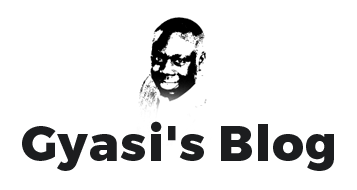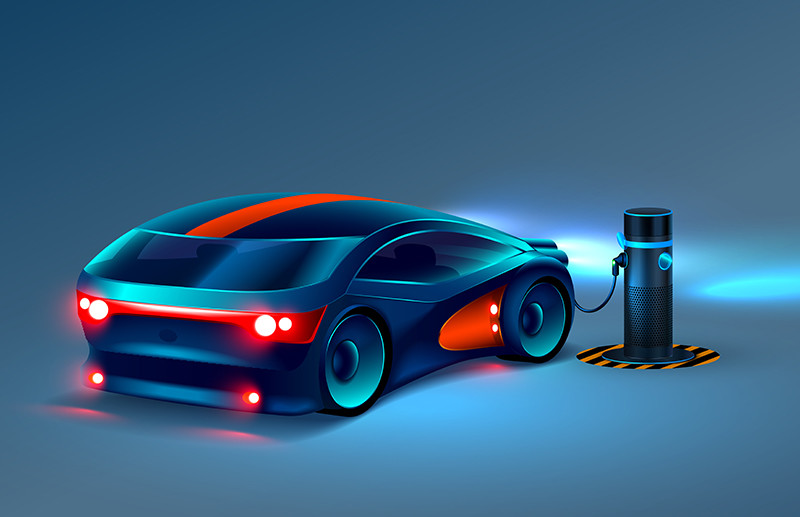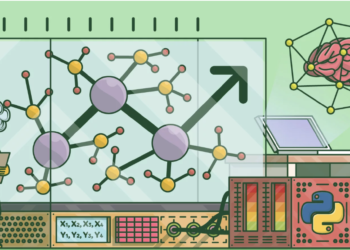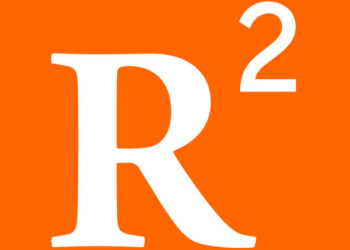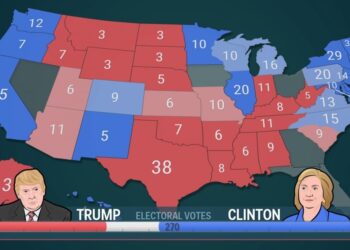This article was first published on Nov 4 2017 on my linkedin page: https://www.linkedin.com/in/gyasi-dapaa-520778123/detail/recent-activity/posts/
Humanity is run by three ideals:
1. Efficiency—We want to do more with less resources and effort.
2. Equity—We want to be treated fairly and respectfully.
3. Sustainability—We want to enjoy and preserve life for as long as possible, if not eternity.
These ideals are fundamental (they underlie all other ideals), and universal (they exist everywhere). They are the touchstone or ultimate metrics to which we, consciously or subconsciously, measure all things: the parties we form, the profession we pursue, the policies we endorse, the places we live, and most related to the subject at hand, the products we purchase. All if not most of us prefer to live in prosperous places that produce most with least, treat inhabitants fairly, and won’t collapse tomorrow. In the same vein, for a product to be golden and resonate with the world, it has to have features that conform to and promote these three ideals. In this article, I propose four nonnegotiable attributes which are inspired by these ideals, and which 21st century products ought to have to compete successfully in the marketplace: Connected, Ubiquitous, Tailored and Easy. In other words, for modern products to win, they have to be CUTE!
Connected

Integration, a synonym for connectedness, is a natural order: Things survive better in ecosystems rather than in isolation or solitude. The second law of thermodynamics even corroborates nature’s abhorrence for isolated systems and describes how such systems are penalized with increasing chaos. The ecosystem is a classical example of the beauty of connectedness: Animals, plants, land, water and galaxies of stars all connect to symbiotically sustain one another. And this connectedness of things should be an inspiration to product development teams. Product developers are amply rewarded when they leverage the interdependencies between their products and others, and connect them nicely for the consumer’s benefit. The beauty of the iphone was not because it packed so much power but because it integrated so much of our lives into it (our memory, our friends & families, our jobs, our knowledge, our wealth, etc.). A truck manufacturer’s value chain should not start with taking an order from a fleet customer and mundanely end with delivering the truck to the customer; it should transcend these myopic boundaries. The truck manufacturer should either provide financing options or connect customers to financing companies, ideally reviewed and rated by previous customers; it should connect the truck buyer to potential after-purchase service providers such as insurance companies, towing companies and service dealerships; it should stay connected to the truck and customer so it can timely troubleshoot problems, and provide updates to hardware, software, and the customer. There is no doubt that a truck manufacturer that brings all of these value pieces together for the enjoyment of the customers will command a premium from the synergies of integration, and benefit significantly. And also, there is no doubt that each of the value providers are incented to participate in the gestalt augmented value system. For instance, the insurance company which does not participate will lose out on a special opportunity to sell to new customers, and consequently dwindle into extinction. The biggest source of inefficiency and inconvenience is to have the customer grope for solutions to otherwise related needs from insularly disparate places.
Ubiquitous:

Having a product when and where you need it is efficient and convenient. It allows producers and consumers to transact around the clock. Imagine waking up during the middle of night, unable to return to sleep but with a sudden craving for a James Bond retro movie, say the Living Daylights, which you currently don’t have; you struggle back to sleep with your strong yet fleeting yearn unserved, and the supplier misses a golden opportunity to make a sale. Double inefficiency whammy! These product gaps exist in all industries: Insurance promises fail to apply outside the country of sale; and good luck to the commercial driver whose truck breaks down in the middle of nowhere: No service, no part, and unfortunately to the truck manufacturer, no sale. Ubiquity is the reason why online retailers like Amazon, Netflix and Wayfair are rising at the collapse of brick and mortar giants like Blockbuster, Sears, and Best buy. In a world of the internet and big data technologies, suppliers should find it a burden to pursue business models that guarantee a ubiquitous supply of their goods and services for the benefit of the customer at his choosing of time and place. There is no growth opportunity that is bigger than one that allows you to sell around the clock and globe!
Tailored:

Customers love their individual identities and hence gravitate towards products that respect their uniqueness. The onus therefore rests on the product development team to learn in the most granular detail how each customer interacts with the product, create usage clusters, and develop products to suit the needs of each of the clusters. In our era of internet, connectivity and big data, it’s surprising that most suppliers are blind to customer differences and offer a blanket treatment to all: The cable customer who binge-watches TV pays the same price as the customer who barely watches TV; the truck owner who beats down his truck pays the same warranty price as the one who lightly uses his truck for only local deliveries; and of course but alas, the auto insurance customer who drives a 1000 miles a month pays the same premium as the one who travels 10,000 a month. Even though all my examples are related to cost of the products, price is but one of the many product dimensions that ought to be customized. Others include but not limited to content, size, packaging, value to customer, and even marketing. The internet has intimately connected producers to their customers; technology has enabled the Possibility of Everything (i.e. any product that can be imagined can be made); thus, it’s unfair, negligent and fatal to stay aloof to customer differences. More responsible producers who react accordingly, and fairly addresses the needs of customers, will be duly rewarded in the marketplace.
Easy to Use:


Simplicity and Transparency are powerful product attributes. When customers feel like they understand their products, they feel in charge and empowered. Such confidence and control propel them to buy willingly and amply. This is the predominant force that brought Uber to the forefront. By providing complete transparency on where the arriving vehicle is, Uber afforded a customer a compelling relief from the traditional uncertainty about when the hired taxi would arrive at the customer’s designated location. With the traditional model, in order to get updates on your hired transportation, you had to call a 1-800 number, be put on a frustratingly long hold, only to be suddenly informed that your long-awaited taxi is still being searched for! Product developers should leverage transparent design philosophies and architecture to break down the complex functionalities of their products into simple clicks of buttons and checks of filters, without necessarily compromising on the products’ integrity. With gazillion products begging for a consumer’s attention, a product only has less than a minute to explain itself and use, else it’s placed on the backburner for good.
The above four qualities if incorporated will make a product CUTE. But to make it even CUTER, the product developer should think about a fifth quality:
Recyclable:

Contemporary consumers, especially millennials, award significant utility to products which are environmentally-friendly and socially-responsible. And so highlighting the sustainable features of your product increases its appeal in the marketplace. There are thankfully a million ways for company to make its products recyclable:
- Reduce the carbon footprint by negotiating with your suppliers to use greener technologies and raw materials as Walmart did with tens of thousands of suppliers, and automotive OEMs are doing with their race to electrification.
- Responsibly dispose of waste by diverting them from landfills as American Family Insurance does.
- Create products that heal real-life crises as Novartis has done with Kymriah, their messianic cancer treatment therapy, and JP Morgan with their current focus on struggling cities in US.
- The list endlessly goes on and on.
A CUTER Truck:

Imagine a commercial fleet driver cruising his way to his destination, only for his truck to give up on him in the middle of nowhere. Instantaneously, the truck diagnostic system troubleshoots the problem and notifies the driver, the fleet owner, and the manufacturer about the problem and its diagnosis. Upon notification, the truck manufacturer’s Automated Repair System (ARS) dispatches the appropriate fix to the problem; or if the issue has to be escalated to a repair shop, it rather dispatches a report of the issue, the part(s) needed to fix, the parts inventory and quotes from all nearby repair shops. Wouldn’t such be CUTE truck? And even CUTER if it’s also electric?
In Closing…
There has been a fundamental shift in the paradigm that defines the shape of success of companies and the products they create. More particularly, the dimension of success has transcended from a singular focus on financial margins(Efficiency), and expanded to include environmental(Sustainability) and social(Equity) margins: Triple Bottom Line. Dov Seidman, CEO of LRN, couldn’t have put it more astutely, that true leadership is formed when companies pursue worthy, valuable, and noble purpose connected to human progress, or the betterment of the world.
Fortunately, the triple bottom line is inherently consistent: Companies which are socially- and environmentally responsible enjoy stronger loyalties and engagement from their stakeholders particularly customers, employees and investors, and hence produce better financial results. Millennials, for instance, have been found to prefer to work for or patronize products of companies which excel on all three margins. In the same vein, companies which produce better financial results have the luxury of spending on programs that make them better citizens and stewards of the land. Since a company is best known by its products, one way it can assert itself forcefully on triple margin scale is to create CUTER products!
